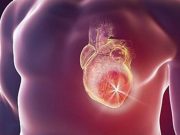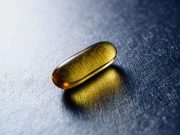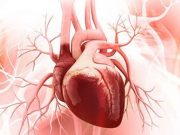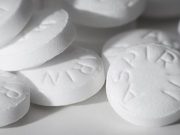Tag: Atrial Fibrillation
Accelerometer-Derived Physical Activity Tied to Drop in Risk for A-Fib
Significant reductions seen in risks for atrial fibrillation, stroke with guideline-adherent physical activity assessed with accelerometer
Cardiac Monitor Implant Detects A-Fib in More Stroke Patients
Rate of incident AF over 12 months higher with implant versus usual care with external cardiac monitoring in patients with ischemic stroke
Fish Oil Supplements Tied to Risk for Atrial Fibrillation
Patients at high risk for cardiovascular disease or who had established cardiovascular disease had higher risk for a-fib with fish oil supplements
ACC: Occlusion of Left Atrial Appendage Prevents Stroke in A-Fib
Risk for stroke or systemic embolism reduced with versus without concomitant occlusion during an otherwise indicated cardiac surgery
Undiagnosed A-Fib Detected During Diabetic Foot Exam
One in six patients with diabetes had previously undiagnosed atrial fibrillation with similar rates in men and women
Adding Aspirin May Up Risk for Patients on DOAC for A-Fib/VTE
Among patients with a-fib and/or VTE, about one-third received ASA in addition to a DOAC with no clear indication for ASA
Opportunistic Mobile ECG Detects A-Fib in American Indians
New atrial fibrillation was detected in 1.5 percent of patients screened versus 0.3 percent of controls, who did not undergo screening
USPSTF: Evidence Lacking for A-Fib Screening in Asymptomatic Seniors
Current evidence is lacking and balance of benefits and harms of screening cannot be determined
Marine Omega-3 Fatty Acid, Vitamin D Do Not Cut Risk for A-Fib
Treatment with EPA-DHA or vitamin D3 supplement versus placebo results in no significant difference in incident atrial fibrillation over five years
Racial, Socioeconomic Disparities Seen in Atrial Fibrillation Treatment
Black, Latinx, and lower-income patients receive less rhythm control














